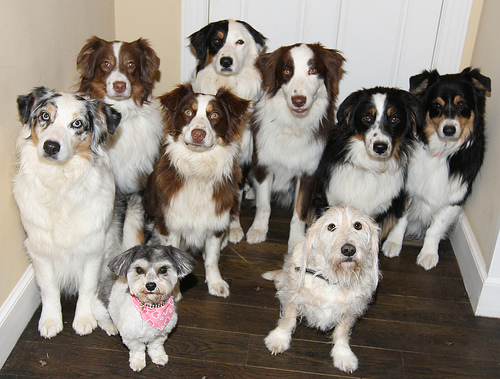Focusing the Camera on What Your Character Notices
While we’re looking at Full Shots (or Medium Shots), I’d like to share a great example in Leif Enger’s beautiful…

While we’re looking at Full Shots (or Medium Shots), I’d like to share a great example in Leif Enger’s beautiful…

We’ve taken a good look at Close-Up shots—the first of the three basic stationary camera shots used in movies. Now…

Subscribe to my email blasts to level up your writing and be notified of upcoming events and offers!
No products in the cart.